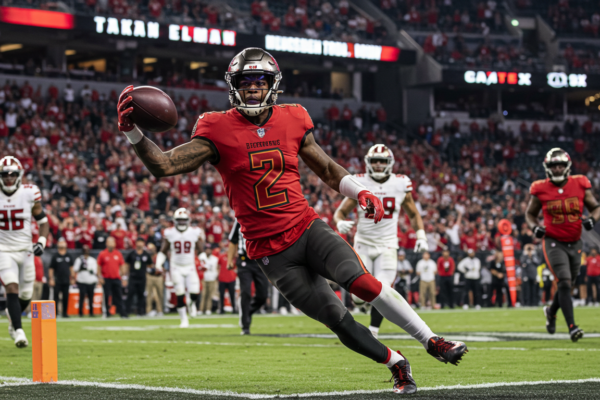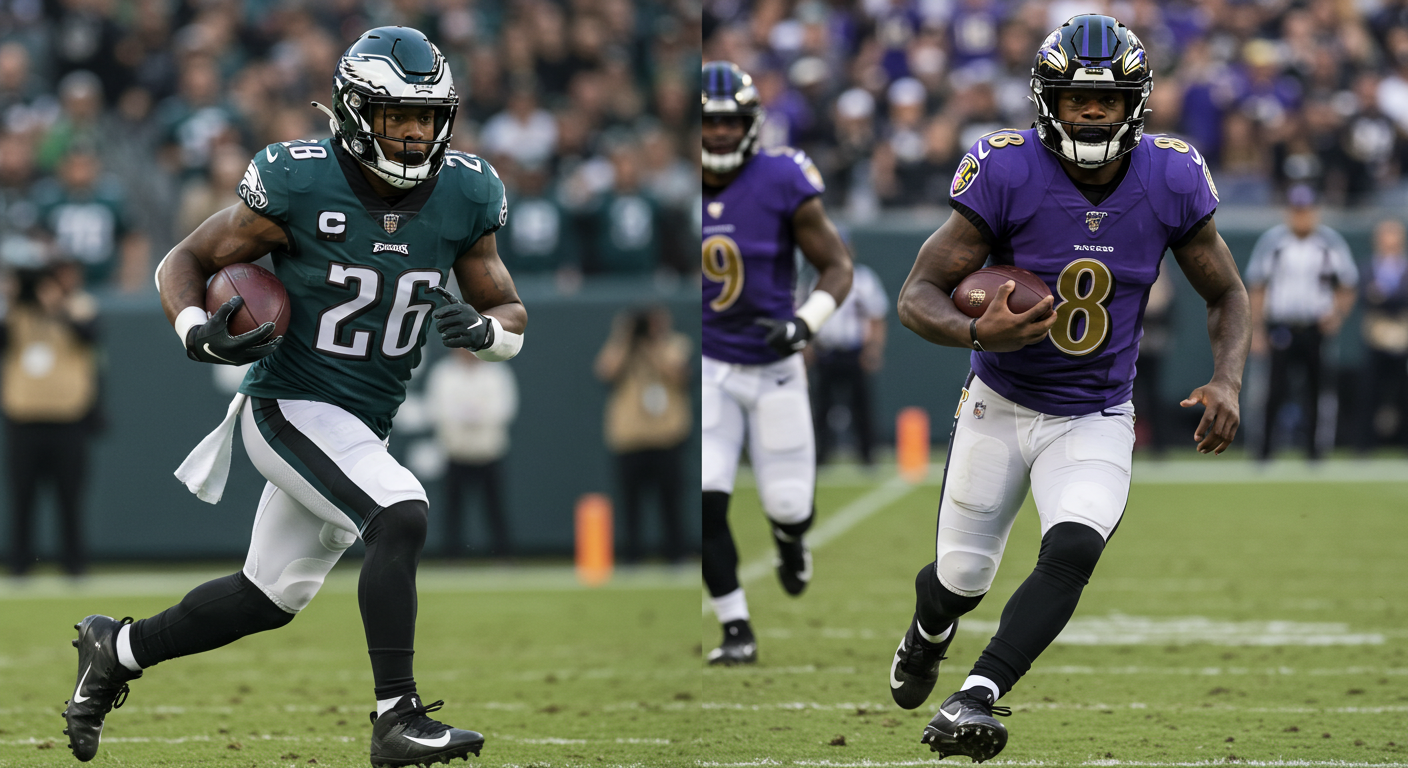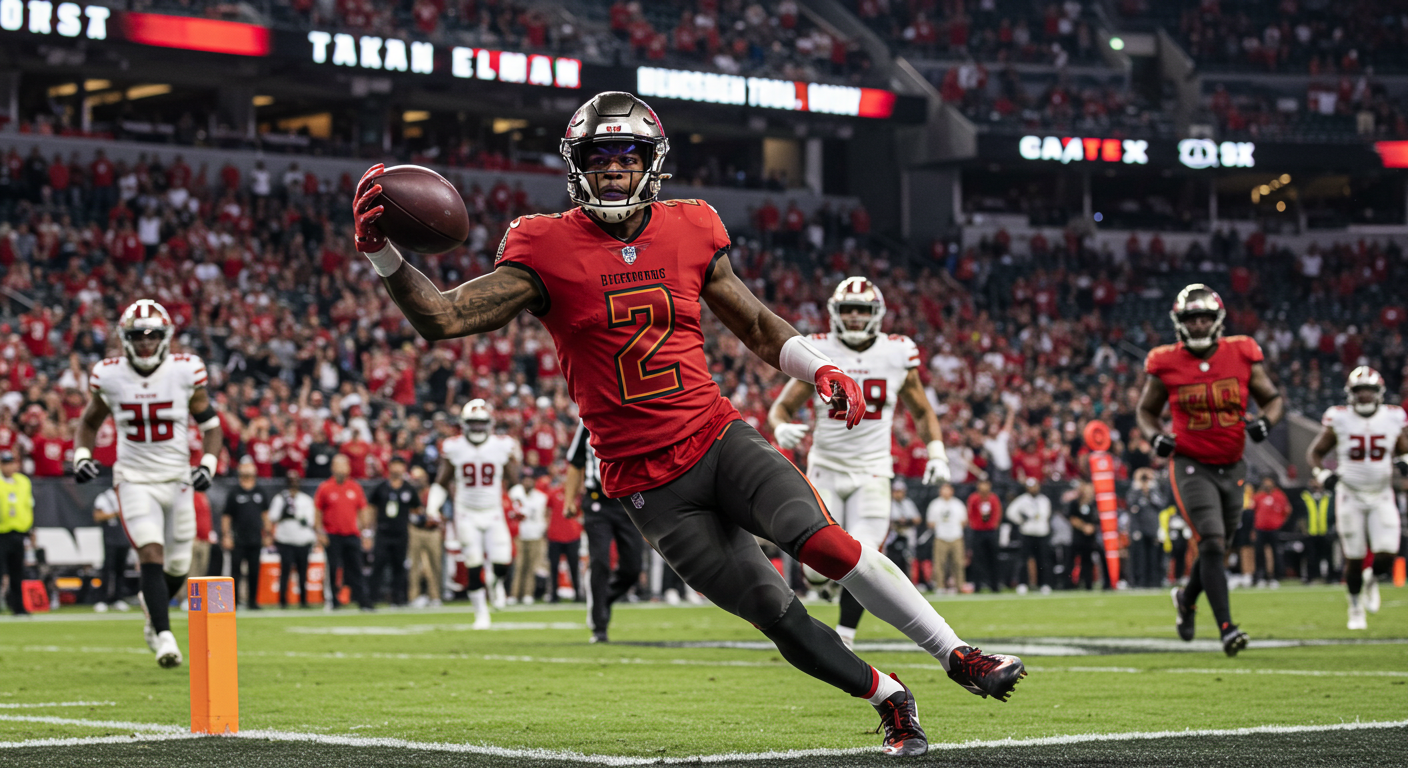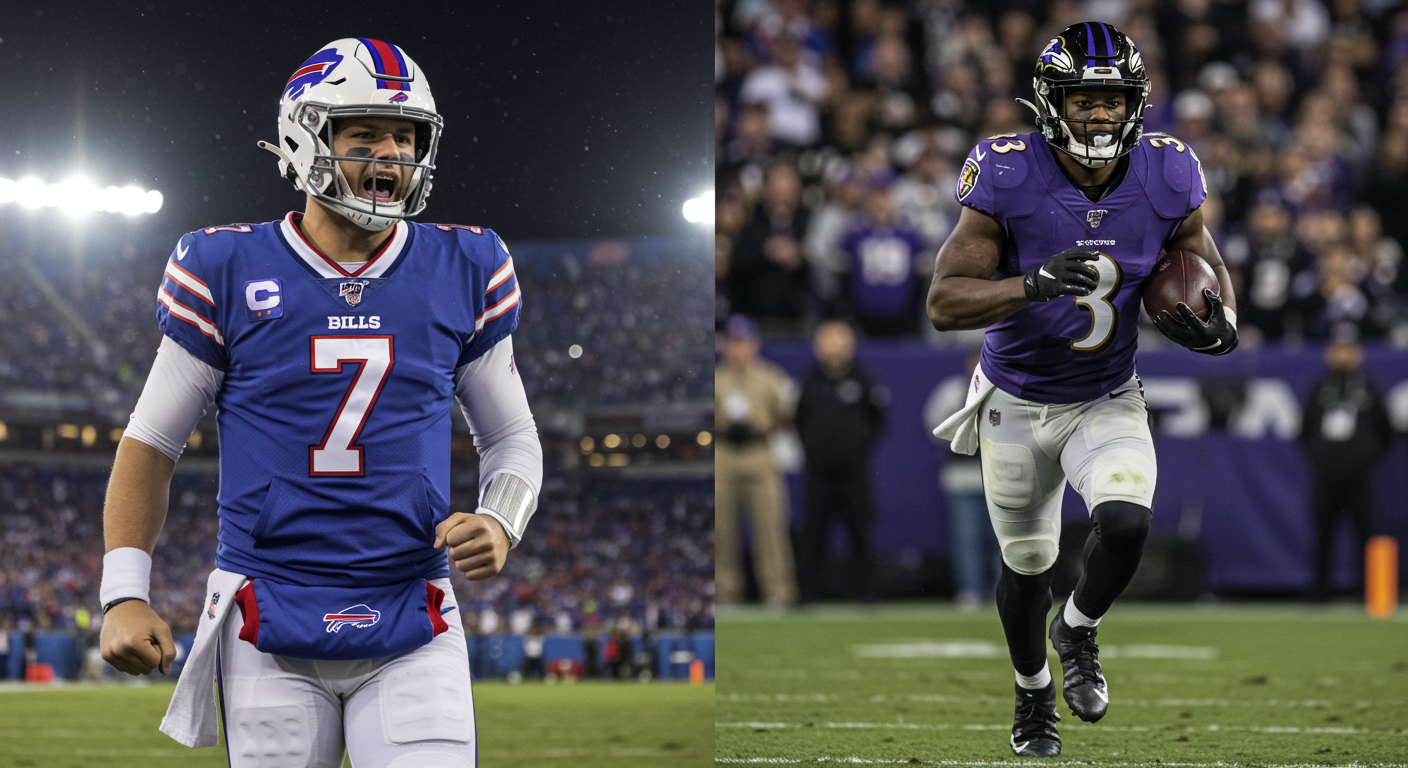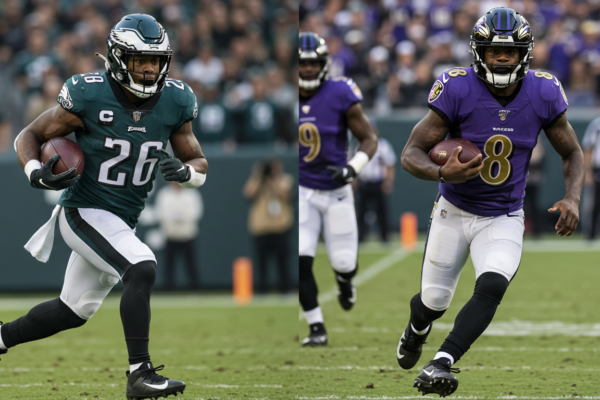
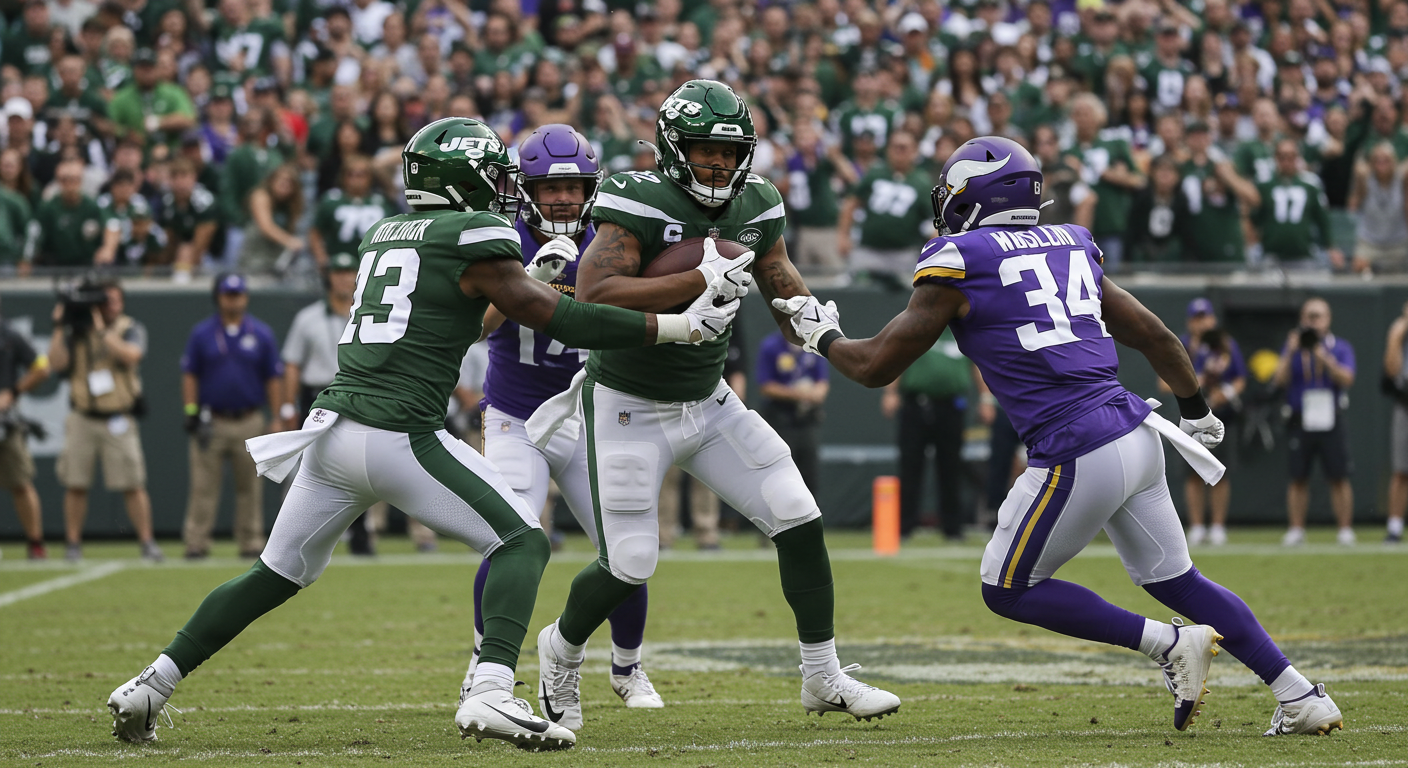
New York Jets vs Minnesota Vikings Match Player Stats: London Game Analysis
I’ve analyzed every snap of the thrilling New York Jets vs Minnesota Vikings match from October 6, 2024, and this international NFL showdown delivered plenty of drama. The Vikings secured a hard-fought 23-17 victory at Tottenham Hotspur Stadium in a game defined by defensive playmaking and clutch special teams.
Let me take you inside the complete player performance breakdown that reveals the true story behind this London spectacle.
Inside the Vikings’ 23-17 Victory Over the Jets in London
Minnesota entered this Week 5 contest with an unblemished 4-0 record, continuing their strong form after defeating the Chicago Bears earlier in the season. The Jets came in at 2-2 looking to bounce back from a narrow Week 4 defeat.
The Vikings established a commanding 17-0 lead early before the Jets mounted a spirited comeback that ultimately fell short. This victory improved Minnesota to 5-0 for the first time since 2016.
What truly separated these teams wasn’t total yardage (nearly identical at 254 for Jets, 253 for Vikings) but rather how and when key plays occurred.
Quarterback Performance: Tale of Two Signal-Callers
Sam Darnold’s Numbers Despite Victory
Having watched Darnold closely throughout, I noticed his struggles with accuracy but admired how he did just enough to secure the win:
- 14/31 completions (45.2%)
- 179 passing yards
- 0 touchdowns
- 1 interception
- 50.3 passer rating
- 4 sacks taken
Vikings backup Nick Mullens made a brief appearance, completing his lone pass attempt for 24 yards.
Aaron Rodgers’ Volume vs Efficiency Battle
I was struck by how Rodgers put up significant volume but made critical mistakes that proved costly:
- 29/54 completions (53.7%)
- 244 passing yards
- 2 touchdowns (to Allen Lazard and Garrett Wilson)
- 3 interceptions (including the game-deciding pick)
- 54.9 passer rating
- 3 sacks taken
Rodgers reportedly left London “banged up” with a left leg issue sustained after a hit during the third quarter, though he finished the game.
Receiving Corps: Star Performers Shine Despite QB Struggles
Justin Jefferson Leads Vikings Receivers
I watched Jefferson continue to demonstrate why he’s one of the NFL’s elite despite Darnold’s inaccuracy:
- 6 receptions on 14 targets
- 92 yards (team-high)
- 15.3 yards per catch
Other Vikings receivers had modest contributions:
- Jordan Addison: 3 catches, 36 yards
- Johnny Mundt: 2 catches, 31 yards
Garrett Wilson’s Career Day For Jets
The receiving performance that stood out most to me was Garrett Wilson’s remarkable effort:
- Career-high 13 receptions
- 101 yards receiving
- 1 touchdown
- Targeted 23 times (43% of Rodgers’ attempts)
Supporting cast in the Jets passing game:
- Tyler Conklin: 6 catches, 55 yards
- Allen Lazard: 4 catches, 34 yards, 1 TD
- Mike Williams: 2 catches, 25 yards
Ground Game Comparison: Vikings Find Just Enough Success
Looking at the rushing stats, I noted the Vikings attack was limited but still outperformed the Jets:
- Team total: 82 yards on 30 carries (2.7 YPC)
- Ty Chandler: 14 carries, 30 yards
- Aaron Jones: 7 carries, 29 yards (left with hip injury)
- C.J. Ham: 2 carries, 10 yards, 1 touchdown (the Vikings’ only offensive TD)
The Jets ground game was virtually non-existent, something I immediately identified as contributing to their offensive predictability:
- Team total: 36 yards on 14 attempts (2.6 YPC)
- Breece Hall: 9 carries, 23 yards
- Braelon Allen: 5 carries, 13 yards
This rushing disparity (82 vs 36 yards) forced the Jets into a pass-heavy approach (54 attempts) that played into Minnesota’s defensive strengths.
Defensive Game-Changers: Vikings Capitalize on Opportunities
Minnesota’s Defensive Playmakers
Watching the game unfold, I saw three defensive plays that ultimately decided this game for Minnesota:
- Andrew Van Ginkel’s 63-yard pick-six early in the first quarter gave the Vikings a 10-0 lead. Rodgers himself reportedly told Van Ginkel “Christmas came early” after the play.
- Camryn Bynum’s interception in the first half halted a potential Jets scoring drive and maintained momentum.
- Stephon Gilmore’s game-sealing interception in the final minute on a pass intended for Mike Williams secured the victory.
Other notable Vikings defensive performers:
- Ivan Pace Jr.: 5 tackles, 1 sack
- Harrison Smith: 5 tackles, 1 sack (celebrated with Rodgers’ signature “championship belt” move)
- Harrison Phillips: 1 sack
Jets Defensive Efforts Despite Loss
While the Jets defense generated pressure and turnovers, I could see it wasn’t enough to overcome offensive miscues:
- Jamien Sherwood: 7 tackles (5 solo)
- Quincy Williams and Isaiah Oliver: 5 tackles each
- Four different players recorded sacks: Oliver, Michael Clemons, Will McDonald IV, and Leki Taylor III
- Brandin Echols: Crucial interception after replacing injured Sauce Gardner, setting up the Jets’ final touchdown
Special Teams Impact: Field Position and Points Battle
Special teams played a decisive role in this low-scoring affair, reminding me of similar game-changing special teams plays in the recent Ravens vs Chiefs matchup:
Kicking Game Advantage: Vikings
- Will Reichard (Vikings): Perfect 3/3 on field goals from 54, 53, and 41 yards, plus 2/2 on extra points
- Greg Zuerlein (Jets): 1/1 on field goals (32 yards), 2/2 on extra points
Reichard’s 11 points from his perfect kicking day proved to be the exact margin of victory.
Return Game Spark: Jets
- Xavier Gipson (Jets): 3 punt returns for 63 yards, including a crucial 30-yard return that directly led to the Jets’ first touchdown
- Ty Chandler (Vikings): 2 kick returns for 39 yards
Gipson’s dynamic return sparked life into the struggling Jets offense when they desperately needed it, demonstrating how special teams can create scoring opportunities.
Historical Context: Jets vs Vikings Rivalry
This London matchup was the tenth all-time meeting between these franchises, with Minnesota now holding an 8-2 advantage in the series. Their previous encounter came in 2018, when the Vikings dominated the Jets 37-17 at MetLife Stadium.
What struck me as particularly interesting was how this game continued a pattern in the rivalry: the Vikings’ defense making decisive plays against the Jets. In their 2018 matchup, Minnesota intercepted then-Jets quarterback Sam Darnold three times. Now in 2024, they picked off Aaron Rodgers three times, showing that defensive playmaking remains central to their success against New York.
Game-Changing Moments: How the Vikings Secured Victory
Three key sequences determined the outcome:
- Early Defensive Strike: Van Ginkel’s pick-six established a 10-0 lead that forced the Jets to play from behind all game.
- C.J. Ham’s Touchdown: His 2-yard plunge extended the Vikings lead to 17-0 in the second quarter, providing a cushion that withstood the Jets’ comeback attempt.
- Will Reichard’s 53-yard Field Goal: This fourth-quarter kick extended Minnesota’s lead to 23-14 with 4:22 remaining, requiring the Jets to score twice to win.
The ultimate game-deciding play was Gilmore’s interception with under a minute remaining, as the Jets were driving for a potential game-winning score.
Statistical Breakdown: Beyond the Box Score
The most telling statistics weren’t the basic yardage totals but rather:
- Turnover Differential: Vikings +2 (3 takeaways, 1 interception)
- Points Off Turnovers: Vikings 6, Jets 0
- Third Down Efficiency: Vikings 4/13 (30.8%), Jets 5/17 (29.4%)
- Red Zone Efficiency: Vikings 1/2 (50%), Jets 2/3 (66.7%)
- Time of Possession: Vikings 30:37, Jets 29:23
These numbers highlight how the Vikings played complementary football, with defense and special teams compensating for offensive limitations.
Future Implications: What These Stats Tell Us
Looking ahead, this game revealed crucial insights for both teams:
For the Vikings, their 5-0 start masks offensive concerns that could become problematic against elite competition. Sam Darnold’s 45.2% completion rate won’t be sustainable against teams like the 49ers or Chiefs in potential playoff matchups. The Aaron Jones hip injury bears watching, as his absence significantly limited their rushing effectiveness in the second half.
For the Jets, the overreliance on Garrett Wilson (23 targets) suggests a need to develop more balanced passing distribution. Their rushing attack issues (36 total yards) must be addressed, as similar one-dimensional offensive performances would likely result in similar outcomes against teams with strong defenses like the Ravens or Bills.
FAQs About New York Jets vs Minnesota Vikings Match Player Stats
Who was the statistical MVP of the Jets vs Vikings game?
While Andrew Van Ginkel’s pick-six was the most impactful single play, Garrett Wilson’s career-high 13 receptions for 101 yards on 23 targets makes him the statistical standout performer despite the Jets’ loss.
How did Sam Darnold perform against his former team?
Darnold struggled with accuracy (45.2% completion rate) and efficiency (50.3 passer rating), completing just 14 passes for 179 yards with no touchdowns and one interception. This performance was described as potentially his “worst day of the season” despite the win.
What made the difference in such a close game?
Three factors determined the outcome: turnovers (especially Van Ginkel’s pick-six), kicking (Reichard’s three field goals, including two from 50+ yards), and the Vikings’ ability to establish at least some rushing attack while the Jets could not.
How did Aaron Rodgers perform in London?
Despite throwing for 244 yards and 2 touchdowns, Rodgers’ three interceptions proved costly. His 54.9 passer rating reflected an inefficient day where volume (54 attempts) didn’t translate to quality production.
Why couldn’t the Jets complete their comeback?
The Jets’ rally was undermined by three factors: an inability to establish any running game (36 total yards), overreliance on Garrett Wilson (23 targets), and critical late-game interceptions that halted scoring opportunities.
Final Verdict: Complementary Football Wins International Showdown
After studying every play, I’ve concluded that the Vikings demonstrated how teams can win despite offensive struggles when defense and special teams rise to the occasion. Their victory pattern reminded me of similar complementary football displayed in tight contests like the Bengals vs Steelers rivalry games, where turnovers and special teams often prove decisive.
For the Jets, this game highlighted both promise (Wilson’s receiving excellence) and problems (turnover issues, no running game). Their record fell to 2-3, with the stats showing they essentially beat themselves as much as the Vikings beat them.
When examining the complete New York Jets vs Minnesota Vikings match player stats, the numbers reveal that games are often decided not by who gains the most yards, but by who makes the fewest mistakes and capitalizes on opportunities in crucial moments.

